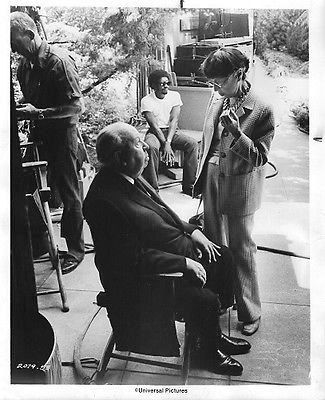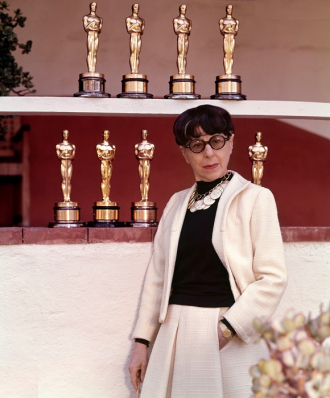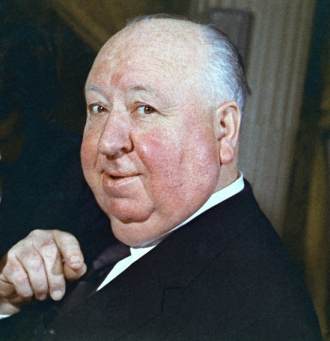Edith Head and Alfred Hitchcock
A photo of Edith Head on set with Alfred Hitchcock
Date & Place:
Not specified or unknown.


 Amanda S. Stevenson
Amanda S. Stevenson 



